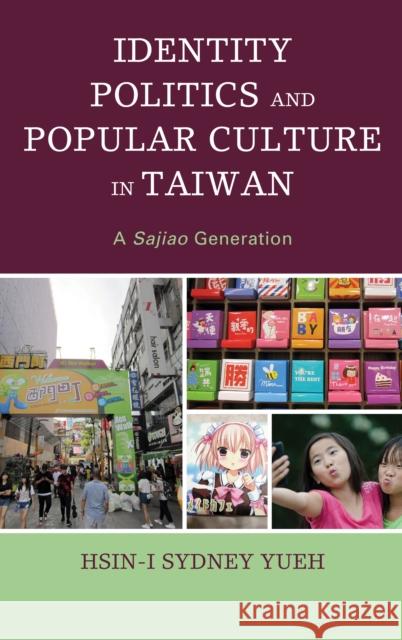Identity Politics and Popular Culture in Taiwan: A Sajiao Generation » książka
Identity Politics and Popular Culture in Taiwan: A Sajiao Generation
ISBN-13: 9781498510325 / Angielski / Twarda / 2016 / 222 str.
Identity Politics and Popular Culture in Taiwan: A Sajiao Generation
ISBN-13: 9781498510325 / Angielski / Twarda / 2016 / 222 str.
(netto: 417,24 VAT: 5%)
Najniższa cena z 30 dni: 434,51
ok. 30 dni roboczych.
Darmowa dostawa!
In the past two decades, a uniform representation of cutified femininity prevails in the Taiwanese media, evidenced by the shift of Taiwan's popular cultural taste from a Chinese-centered tradition to a mixed absorption from neighboring cultural capitals in the global market. This book argues that the native term "sajiao" is the key to understand the phenomenon. Originally referring to a set of persuasive tactics through imitating a spoiled child's gestures and ways of speaking to get attention or material goods, sajiao is commonly understood to be women's weapon to manipulate men in the Mandarin-speaking communities. By re-interpreting sajiao as a "feminine" tactic, or the tactic of the weak, the book aims to propose a "feminine framework" in exploring identity politics in the following three aspects: the rising obsession with the immature female image in Taiwan's popular culture, the adoption of the feminine communication style in native speakers' everyday language and interactions, and the competing discourses between dominant/subordinate, central/peripheral, global/local, and Chinese/Taiwanese in shaping the identity politics in current Taiwanese society. The micro-analysis of everyday language politics leads the reader to examine layers of discourse about gender, identity, and communication, and finally to inquire how to situate or categorize "Taiwan" in area studies. The "feminine framework" is a useful theoretical tool that not only deconstructs everyday communication practice but also provides a bottom-up, alternative angle in analyzing Taiwan's role in political, economic, and cultural flows in East Asia. The massive imports of popular cultural products in the late 80s, mainly from Japan, fermented the kawaii (Japanese cute) type of femininity in regulating everyday communication and the perception of gender roles in Taiwan. The popularity of the baby-like female image is concurrent with the simmering debate on Taiwanese identity. Taiwan offers a unique perspective for observing identity politics because it still holds an undetermined status in the international community. The collective uncertainty about the island's future and the diminishing voice in the international society become the backdrop for the growth of defining, interpreting, and appropriating sajiao elements in the popular culture. This book offers an in-depth examination of the interplay among local historical contexts, cross-border capitalist exchange, and everyday communication that shapes the dialogism of Taiwanese identity.











